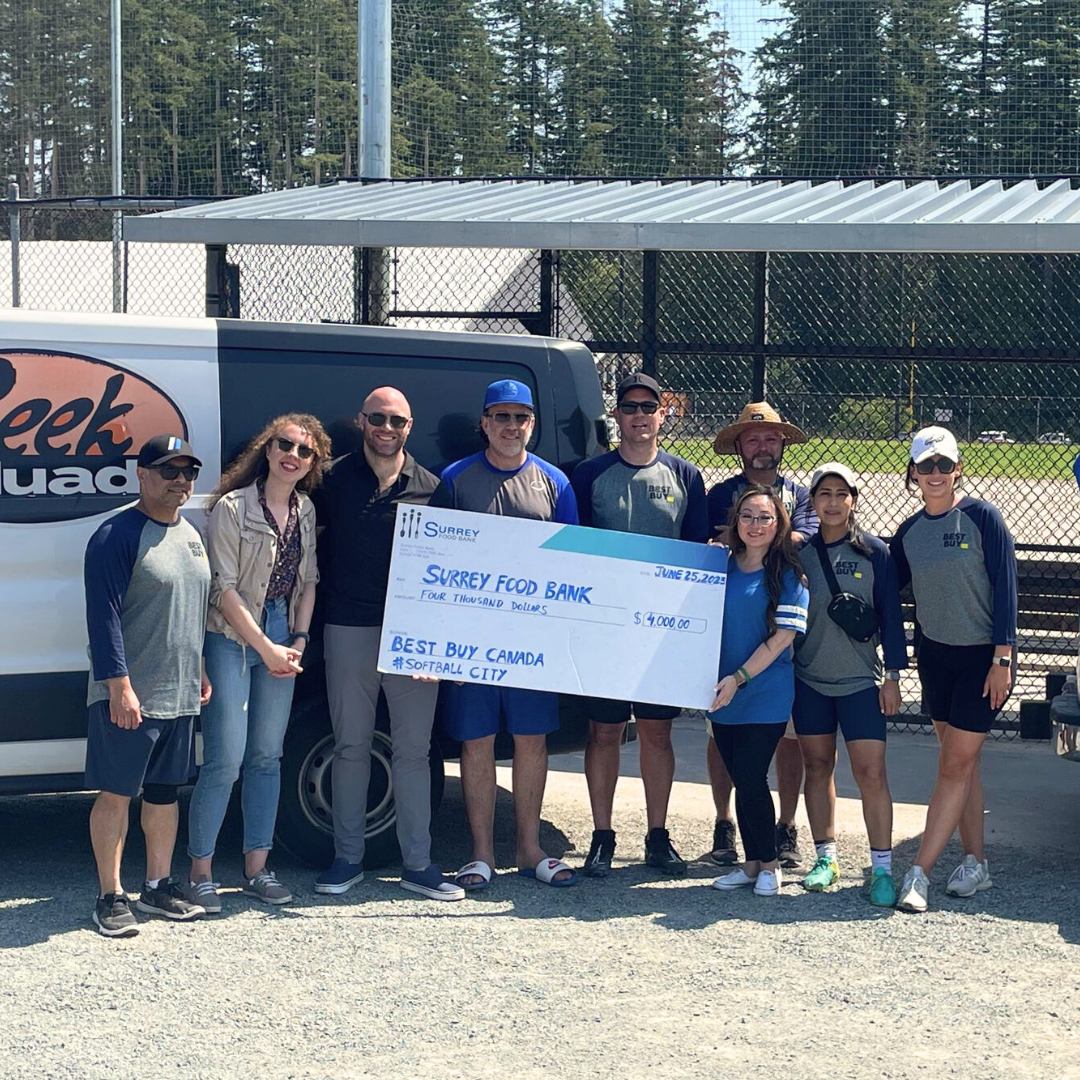Security Reports: Best Practices For Security Guards Using TrackTik
Security reports are a fundamental part of how our security guards keep our clients’ sites safe and secure. A well-written and accurate report is key to communicating what’s happening on site, whether recording evidence of suspicious behaviour, flagging maintenance issues, or detailing medical emergencies. These reports keep our clients in the loop, guide follow-up decisions, provide critical evidence for law enforcement, and ensure our security procedures and strategies are working effectively.

What is the Purpose of a Security Report?
Security guards are the first line of defence in crime and incident prevention, and their reports serve as records of all security-related activities. These reports document incidents, patrol logs, and observations, providing management and team leadership with details needed to prevent future incidents. Tracking security threats, vulnerabilities, and incidents can help businesses and their security teams identify patterns, address weak points, and implement strategic improvements that deter criminal activity.
Businesses aren’t the only ones who can benefit from strong security reporting. In many cases, security reports are essential in aiding law enforcement with criminal cases, including theft, physical violence, and vandalism. Since security guards are often eyewitnesses to crimes, their detailed reports provide essential information to police.
All security guards, including patrol security guards, tactical security guards, undercover loss prevention, and concierge security guards, write reports in every industry. This provides the broadest view possible when examining important security data and allows for comprehensive analysis.
Why Good Documentation Matters
At Blackbird Security, we have clear guidelines for how our security reports should be written to make sure they are easy to understand, correct, and professional. While the exact content might change depending on what our client needs and the specifics of the site, we always stick to the same core principles. These include:
-
Being accurate: Everything written down needs to be true and based on what the guard actually saw or knows for sure. We avoid guessing or sharing personal opinions.
-
Staying objective: Reports should stick to the facts and avoid taking sides or showing bias.
-
Being clear: We use simple language that everyone can understand, avoiding complicated terms or jargon.
-
Being complete: We include all the important details about what happened, answering who, what, when, where, and how.
-
Being timely: Reports should be finished and submitted soon after the event or observation so the information is up-to-date and useful.
-
Being professional: Our reports are always formatted neatly and checked for any mistakes in grammar or spelling.
Security Guard Reports Assist Law Enforcement
Perhaps one of the most critical functions of security reporting is its use in assisting police in investigations. Security guards are often eyewitnesses to crimes, and detailed security reports provide law enforcement with crucial evidence that can be used to apprehend criminals. These reports may include suspect descriptions, timestamps, photo or video evidence, and additional witness statements, improving the chances of identifying suspects and preventing future incidents.
Since security guard reports help establish patterns of criminal activity, they help police allocate resources more effectively. If multiple serious incidents occur in a particular area or follow a similar MO, detailed security reports can assist in crime mapping and predictive policing. Maintaining clear and thorough documentation enables security guards to bridge the gap between security teams and law enforcement, providing better crime prevention overall.
Learn more about how security guards collaborate with law enforcement.

What Information Do Our Guards Collect?
Blackbird Security guards are trained to pay close attention to their surroundings and carefully document a wide variety of things during their shifts. What exactly needs to be reported can be tailored to each client and location. However, some common types of information our guards regularly include in their reports are:
-
Regular activities: This covers things like routine patrols, checking who's coming in and out, watching security cameras, and making sure the site is generally secure. Patrol reports, which we'll talk about later, fit into this category.
-
Observations: This includes noting anything out of the ordinary, people acting suspiciously, any safety risks (like spills or broken lights), security problems (like unlocked doors or open windows), or general maintenance needs.
-
Incidents: Any event that isn't normal and might need attention is recorded as an incident. This could be something small, like someone tripping, or something more serious, such as a theft or break-in.
-
Visitor and contractor logs: Keeping track of who enters and leaves a property is important for security and accountability.
-
Equipment checks: Regularly checking if security equipment (like alarms and cameras) is working properly is often part of a guard's report.
-
Emergency response: If there's an emergency, any actions the guard takes, including calling for help or the initial steps they took, are documented thoroughly.
Breaking Down a Security Report
While the way a report looks might differ depending on whether it's a daily summary, an incident report, or a patrol report, and what the client needs, most good security reports have these key parts:
-
Header information: This usually includes the date and time the report was written, the guard's name and ID, the name of the client or site, and what type of report it is.
-
Contextual information: A few pieces of information to add for context within the report. This usually includes separate lines for the number of subjects involved, subject descriptions, whether emergency services were contacted or not, and police file number and officer name (if they were involved).
-
Detailed account: This is the main part of the report, telling the story of what happened or what was observed in order. It needs to be specific and avoid vague language. Our Blackbird training teaches guards to write in a "police style," which means being objective, clear, and including all the important facts in a logical order. This often means describing the sequence of events, who was involved (with descriptions if possible), and what actions were taken.
-
Supporting evidence: This could be witness statements, photos, references to video footage, or anything else that backs up the report.
-
Signature: The security guard signs and dates the report to show it's accurate.
Blackbird Security's Clear Reporting System
At Blackbird Security, we believe in keeping our clients fully informed. That's why we've made all our reporting easily accessible through our client portal online, where you can see reports and details as they happen. Plus, we have a dedicated Reporting Team ready to help. Our clients can easily give us feedback and tell us how they want their reports customized, including the information they want included and how often they receive them.
Blackbird Security offers a variety of reports to fit different needs, including daily and weekly shift summaries, monthly summaries, completed tour reports (patrol reports), and incident reports. Our dedicated reporting team takes the initial reports from our guards and puts the information together in a way that's easy for our clients to understand. These reports show the real results of the security strategies we've put in place and help our clients see the value of their investment in our services.
Making Patrols More Efficient with TrackTik Technology
Blackbird Security uses advanced technology with TrackTik to make our patrols more efficient and our reporting even better. As TrackTik highlighted in their case study about us, this digital system has greatly reduced the need for time-consuming manual reports.
TrackTik includes a live dashboard that allows for information to travel from a security guard’s mobile device to the dashboard in real time. This keeps our management team and clients up to date with incidents as they occur. We can follow our security guards’ tour progress, see a map of their locations, and have incident reports tracked and sent to the appropriate personnel in real-time.
The rules and regulations that impact the security industry can vary by jurisdiction, sector, and contractual setup. Whether it’s mall security, concierge and property security, patrol monitoring or industrial security guards, we provide data to support our customers’ compliance efforts. TrackTik gives us a platform that is able to collect, store and communicate data from across operations.
What Data Does TrackTik Record?
A patrol at Blackbird Security, powered by TrackTik, is a well-organized process. Our guards use the technology to plan the best routes and make sure all necessary areas are covered. At the end of each shift, the patrol report generated by TrackTik provides a lot of useful information:
-
Token scan times and locations: The report records exactly when and where each security token (checkpoint) was scanned. This gives clear proof that the patrol was completed as required.
-
Customizable information: We can set up our reports to capture specific details that are important to each client at every checkpoint. For example, at a pool, a guard might note the water level and if the gate is locked. For amenity checks, they might report on cleanliness and if everything is working. We can use anywhere from a few tokens to hundreds, depending on the size and security needs of the site.
-
Percentage of checks done: The report shows the percentage of checkpoints that were scanned, and we aim for 100% to confirm that the entire patrol was done properly. This ensures all key access points and areas that need monitoring, like doors, are secure and that tasks like pool and amenity checks are completed.
-
Detailed checkpoint info: By clicking on a specific checkpoint in the TrackTik software, clients can see more details recorded by the guard, such as whether there were any leaks, fire damage, or vandalism at that spot.
-
Deficiency alerts: If a guard finds something wrong at a checkpoint, the token will turn red in the TrackTik system, and an immediate incident report is created and sent to the client so they know about it right away.
-
Guard sign-off: Once the patrol report is finished, the security guard who did the patrol signs off on it digitally, providing accountability and making it easy to follow up if needed.
Read more: TrackTik Technology: How it Works

Gain Clear Visibility Into Your Security Operations with Blackbird Security
Understanding what's happening on the ground is essential for effective security management. At Blackbird Security, we go beyond simply providing security personnel.
Our comprehensive reporting systems, powered by technology like TrackTik and supported by our dedicated reporting team, deliver clear, accurate, and timely insights into your security operations. From daily summaries to detailed incident and patrol reports, we provide the information you need to make informed decisions and ensure the safety and security of your assets and personnel.
Ready for security reporting that provides real value? Request a quote here.








